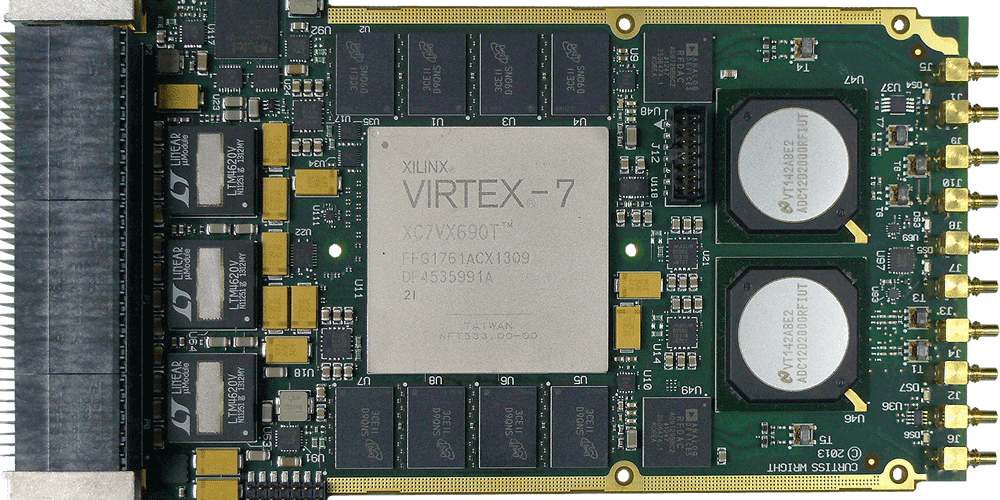FPGA is an acronym for Field Programmable Gate Array. It is a type of integrated circuit that can be programmed to perform certain logic functions. One common use for FPGAs is to implement analog-to-digital converters (ADCs). In this blog post, we’ll discuss whether or not FPGAs have ADC circuitry built in. spoiler alert: they don’t!
What is an ADC and how does it work
An Analog-to-Digital Converter (ADC) is an electronic component used to convert a continuous physical quantity such as current or voltage into a digital representation of that signal. ADCs allow digital devices to be able to observe and measure the physical world. These components are essential in many devices, including fpga systems. An fpga ADC typically converts an analog input signal into discrete time digital words which can be easily processed by fpgas and other digital controllers. Its accuracy depends on the number of bits it uses to store information, which directly affects the resolution of the signal conversion process.
How does an FPGA use an ADC

FPGAs are a powerful tool for processing digital signals and converting them into other data types. As part of their job, FPGAs can also use an ADC (Analog to Digital Converter) to take in analog signals and convert them into digital format. This is essential for development projects that deal with physical sensors of various types. The ADC integrated into the FPGA works similarly to normal ADC chips, but with optimized circuitry that ensures a high-quality conversion process without taking up too much space or power. By connecting the ADC directly to the FPGA, all incoming signals can be fed directly into the processor where it can be modified and analyzed with fewer delays than if using external ADCs.
The benefits of using an ADC with an FPGA
Using an ADC with an FPGA provides a wealth of advantages that other digital processing systems do not. The ADC allows for more precise control over analog signals, providing more accurate signal acquisition and digital signal generation compared to traditional methods. An FPGA’s digital signal processing capabilities also result in greater flexibility, improved data analysis, and faster results. Additionally, because FPGAs use low-power architectures, the energy required for real-time signal processing is significantly decreased. Taking full advantage of these benefits by pairing an ADC with an FPGA makes it easy to efficiently acquire, process and transform data while saving on total power consumption.
The drawbacks of using an ADC with an FPGA
FPGA’s and ADC’s have long been part of a powerful combination – the fpga offering high-speed decoding and manipulation capabilities, and the adc providing extremely accurate measurements. However, fpgas used with adcs come with their own set of drawbacks – accuracy issues may arise when attempting to convert digital signals into analog signals due to timing skew within the fpga structure, leading to inaccurate results. In addition, fpgas can be power intensive which can make them costly to run if they are being used in conjunction with an adc. This means that users must carefully consider their power budget before instituting an fpga/adc pairing. Lastly, fpgas require a great deal of programming expertise in order for them to interface properly with any given adc; as such, this may drive up implementation costs if skilled labour is not readily available.
The future of ADCs and FPGAs
A revolutionary shift is happening at the intersection of fpga and adc technology—one that will likely shape the way we use fpgas and adcs in the future. This shift involves increased software support for fpga and atomically-precise analog design operations, more advanced control logic structures, improved power management, and enhanced clock management. All of this will help unlock new levels of performance possible with fpgas as well as give more developers access to better fpga development tools. With increased flexibility, performance, and availability, fpga and adc technology is sure to be an essential part of our lives in the future.
By understanding what an ADC is and how it can be used with an FPGA, you can make a more informed decision about whether or not this technology is right for your project. While ADCs have many benefits, there are also some drawbacks to consider. As technology advances, the capabilities of ADCs and FPGAs are likely to increase, making them even more powerful tools for electronic engineers.

